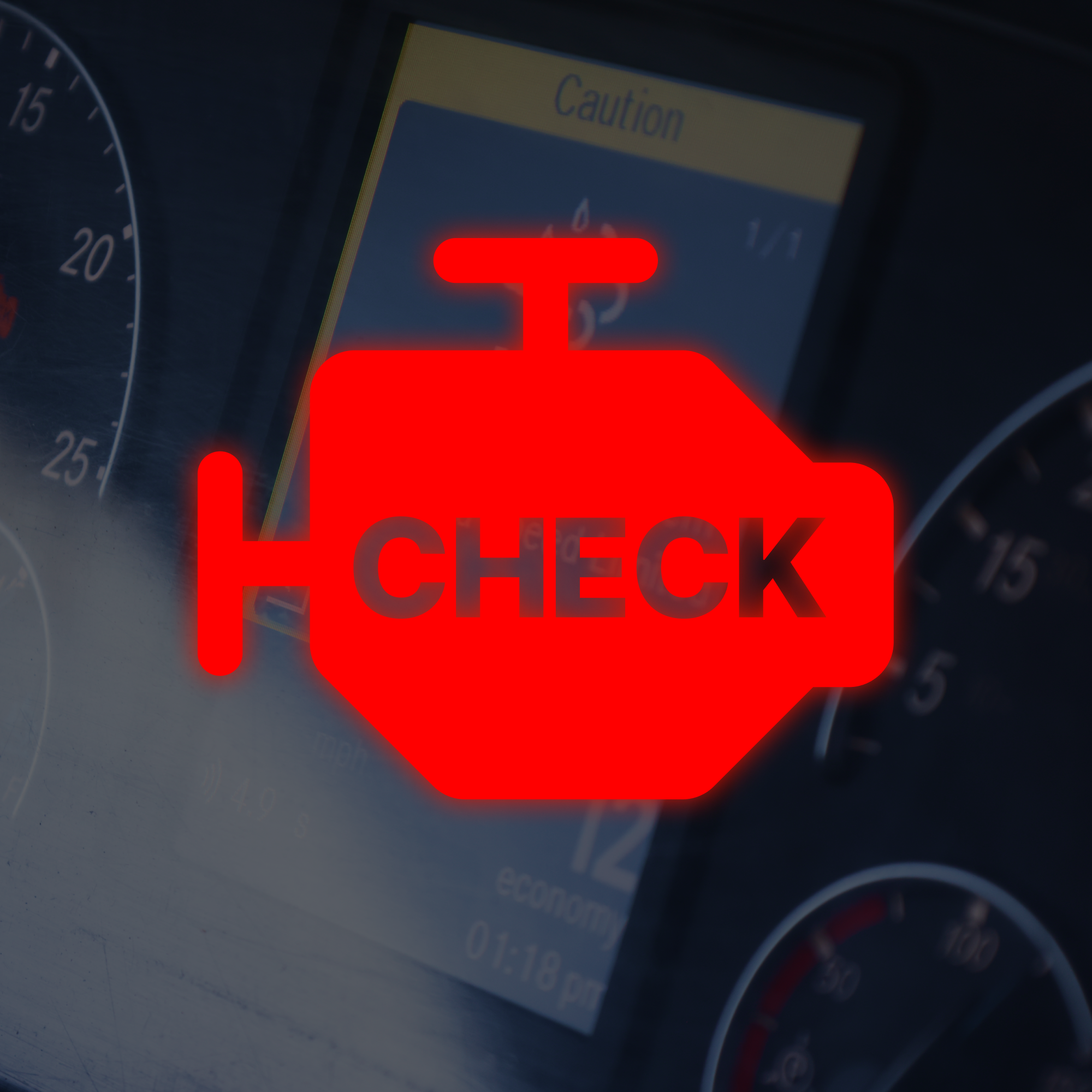Essential Takeaways
- The four main components of the Cummins aftertreatment system and how they work together to produce environmentally friendly water vapor and nitrogen.
- What you should be looking for when doing your visual inspection of the aftertreatment system.
- Why you need to perform a forced DPF regen one to two times per month.
By this point, I am sure we all know why DEF injection systems exist and the purpose they serve. It does seem that how a DEF injection system works still has a bit of mystery surrounding it.
Although it may seem that voodoo is the only logical explanation, I hope this 3-minute read will offer you a better understanding of the DEF injection system, its components and how it works to produce cleaner air. Although this blog post is geared around the Cummins system, its general concepts are similar across nearly all diesel aftertreatment systems.
The Cummins aftertreatment system consists of four main components. These are the Cummins Particulate Filter (CPF for short), the Decomposition Reactor, the Selective Catalytic Reduction Catalyst (SCR for short) and the DEF Injection System.
We will be focusing primarily on the DEF injection system and how it integrates with the others for now. The DEF injection system includes a few main components that allow it to provide the DEF (often referred to as urea) accurately into the aftertreatment system. The fluid reservoir holds the DEF fluid, internally the reservoir houses a heating element and a filter/pump module that help it maintain reliability over many years, miles and varying weather extremes. The DEF pump feeds the fluid through the lines that connect it to the dosing valve. The dosing valve is controlled by the computer and delivers precise amounts of DEF fluid to the decomposition reactor. The DEF fluid injected by the dosing valve is atomized into a fine mist and converted into ammonia while in the decomposition reactor. It then passes along with the exhaust gas into the SCR where it reacts with the exhaust gas to form environmentally friendly water vapor and nitrogen before being expelled out the tailpipe.
While these systems have come a long way in terms of reliability, they still require periodic maintenance and inspection. I would suggest doing a quick visual inspection whenever possible. You would be looking for the basic telltale signs of potential issues, connections of electrical and fluid lines to make sure that they are in good order, that there aren’t exposed wires or worn wiring protection, and that there is no unusual corrosion or leaks.
There are two other things to keep in mind. If you are not completing passive DPF regens regularly or if your truck does not see long periods of expressway speeds, you will most likely run into some issues. It is prudent to perform a forced DPF regen at least once, if not twice a month, as preventative maintenance. It will run the DPF and DEF system through its paces, burn off any excess soot buildup on many of the components and keep the entire system operating at the best possible efficiency.
P.S. Does your Cummins have a 5 MPH DEF Derate? Read this blog post to learn more.
I hope this helps with some questions that seem to come up and till next time stay safe!
Until next time! 👋
Stay safe, stay healthy, and be blessed!




3 Recommended Steps to Diagnosing a Fault Code (3-Minute Read)
Doser Valve Cleaning (3-Minute Read)